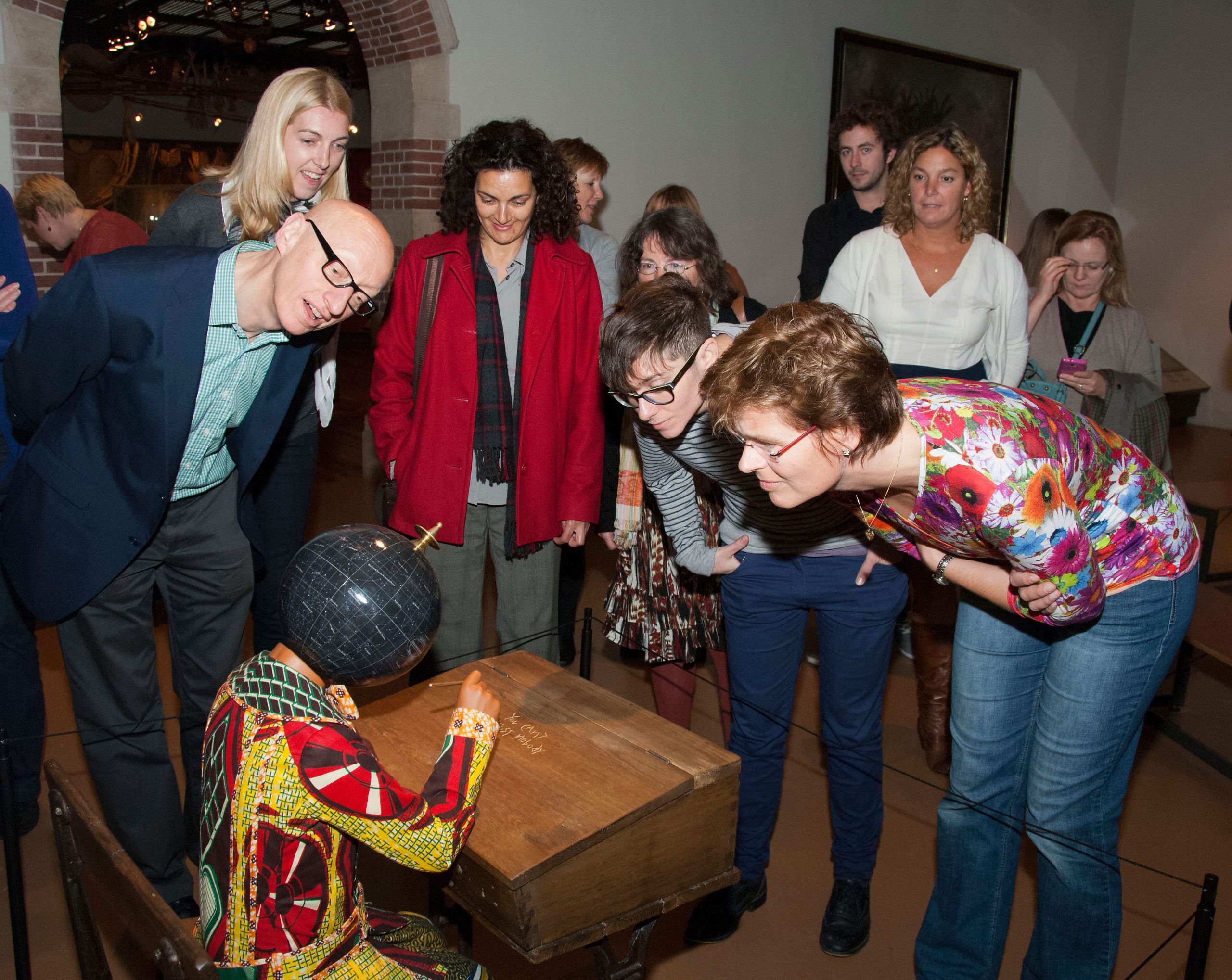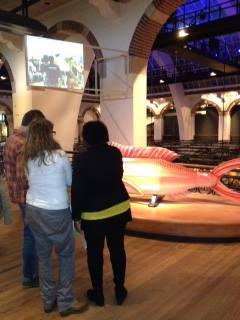When we talk about engagement in the museum, we are often referring to engaging young people, teenagers, non-traditional museum-goers and school groups. However, museums are missing a trick if they are not creating meaningful programming for their adult audiences too. In Adult Museum Programs: Designing Meaningful Experiences, a survey is provided for why adults attend learning programmes – the answers reflect an overwhelming desire to attend for the joy of learning (79%). The same book also provides a useful summary of the important aspects of adult learning:
- Adults tend to learn best when new information builds on past knowledge and experience.
- Adults prefer to be actively involved in the learning process than passive recipients of knowledge
- Adults learn in both independent, self-reliant modes and in interdependent, connected and collaborative ways. They want the opportunity to be supportive of each other in the learning process.
- Adults are more receptive to earning when they feel both physically and psychologically comfortable.
In Museums Forward: social media and the web, Adam Reed Rozan explores how museums can create an effective social media strategy to engage with new and existing audiences. He also looks at how museums can succeed at being more social and how, in doing so, they can attract more adult visitors.
‘Contemporary adults have moved away from sitting and listening, or walking quietly and looking contemplatively at art and sculpture, to being active, loud, and visibly engaged, with interests and spending habits that are highly customized, personal, and extremely social. These changes have the potential to breathe new life into museums.’
All too often, however, adult programming is based around lectures, symposia and films, demonstrations and guided tours, none of which traditionally offer much opportunity for active participation or independent, collaborative learning. The lecture is by far the most common type of programme for adults in museums. Guided tours are also extremely popular but can vary dramatically depending on the docent’s teaching style – from the lecture (traditional) to a more inquiry-based session. However, the inquiry method quite often places an overload of demands on a docent to develop suitable questioning techniques and facilitation skills whilst also remembering to add content as and when is deemed necessary.
In order to remain relevant, it is worth thinking beyond the traditional lecture and guided tour and to re-envision adult programming in museums. Adult Museum Programs: Designing Meaningful Experiences lists three types of innovative programmes pushing the boundaries – specifically those collaborating with organisations beyond the museum walls, those with a social purpose and those that offer personal and cultural development.
The latter type of programme – offering personal and cultural development fits in beautifully with my work with adults using thinking routines. This blog has thus far mainly written about using thinking routines with students and young adults in the museum. However, I also regularly use thinking routines in the museum with adults for a multitude of reasons:
- For developing valuable skills in observation, interpretation and reasoning which are easily transferable to other environments and situations. Learning to observe, think and share makes people better readers/writers and more proficient at expressing themselves (for example, thinking routines have been employed to great effect with medical students – see here)
- They allow time to slow down and have a more in-depth experience with an object (a stress-free, relaxing and mindful experience).
- This is a social active approach and participants learn from one another and build upon their theories. Discussions are fun and interesting and always elicit fresh and exciting ideas. No two discussions will be the same.
- Everyone is equally involved as multiple interpretations are encouraged and no prior knowledge is required. Many of us do not know to really ‘look’ at art (we get too focused on what we think we are ‘supposed’ to see). This method frees us from this – we start with a level playing-field.
- Thinking routines help to developing listening skills and respect for alternative viewpoints through a collaborative discussion using open-ended discussion and respectful dialogue.
Thinking routines have been used to great effect with adults and we will continue to develop and explore this approach in the museum with adult groups looking for personal and professional development. These routines can also form a fundamental part of corporate innovation and leadership sessions (more on this soon). They are flexible enough to be used anywhere in the museum and can relate to the exploration of a specific theme or a current exhibition. Moreover, adults find discussions using thinking routines engaging and highly rewarding, or to put it simply, they inspire a joy of learning.
Find out more about our specialist workshops for adults using artworks and museum objects as a focus by downloading the Artful Looking Information Sheet below.

